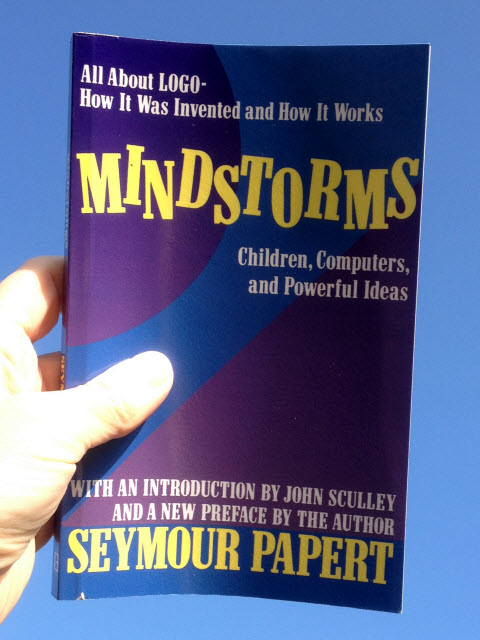This is a post in my series on organizing ”between and beyond.” Other posts are here. This is a retrospective of what has happened during the week. The purpose is to reflect on the work itself. Here is my previous retrospective. Here is my next retrospective.
What has happened? What needs to be done?
This week I’ve read Seymour Papert’s book Mindstorms: Children, Computers, and Powerful Ideas. The book was first published in 1980, but I think that many of Seymour Papert’s ideas are still valid today. Here is my review.
Seymour Papert introduces Bourbaki’s notion of mother structures. The Bourbaki school of mathematics sees more complex structures as combinations of simpler ones, of which the most important are three mother structures.1
Jean Piaget observed that children develop intellectual structures (knowledge of how to work the world) that are similar to the mother structures.2 My own observation is that the mother structures of order are generative orders.

Another book which I’ve read, or rather re-read, is Harrison Owen’s book The Power of Spirit: How Organizations Transform. Wow, what a book! It is beautifully written book (Harrison Owen is one of my favorite authors). And the book’s message is profound. Open some space and let self-organization work for you.3
Harrison Owen suggests that there is no such thing as a non-self-organizing natural (or human) system.4 If this is the case, then the issue is less about designing systems that are efficient and effective, 5 and more about letting the magic of self-organization happen all by itself. Here is a poem on that theme, which I wrote yesterday.

What was good? What can be improved?
I love reading! However, it can also become a distraction. I need to spend more time on my own writing—expressing my own voice.
Notes:
1 Seymour Papert, Mindstorms: Children, Computers, and Powerful Ideas (Basic Books, 1993), pp. 159–160, 207.
2 Ibid., p. 160.
3 Harrison Owen, The Power of Spirit: How Organizations Transform (Berret-Koehler, 2000), p. 207.
4 Ibid., p. 56.
5 Ibid., p. 107.
Related posts:
Organizing in between and beyond posts
Leave a Reply
You must be logged in to post a comment.